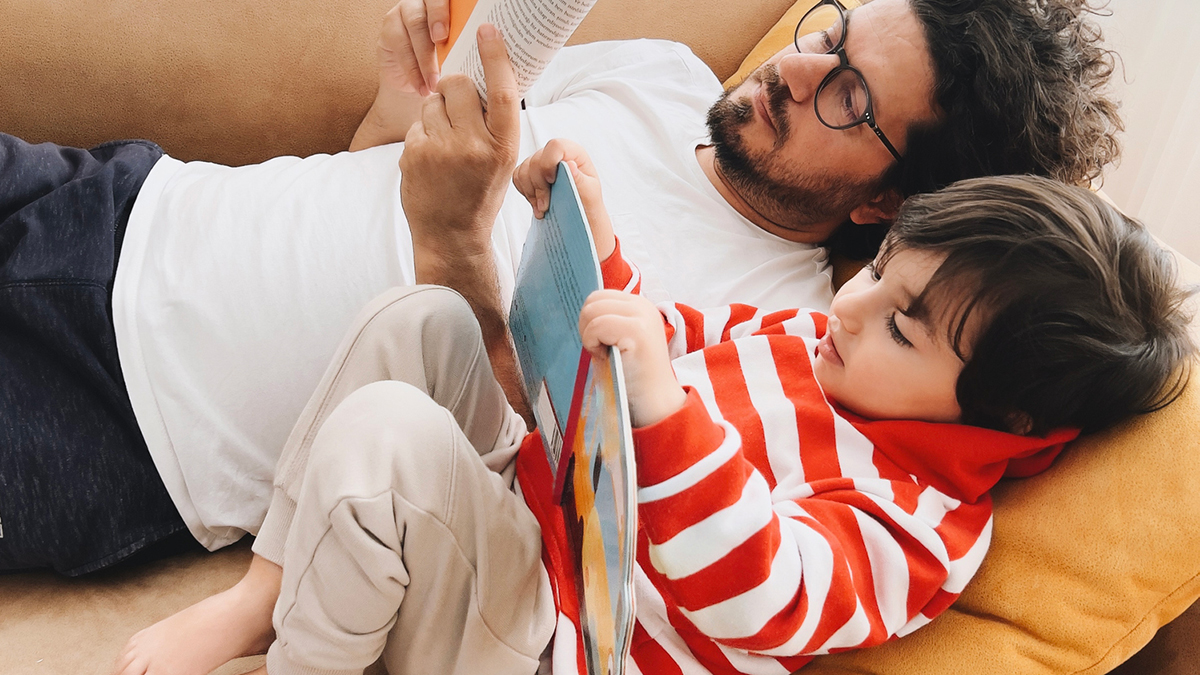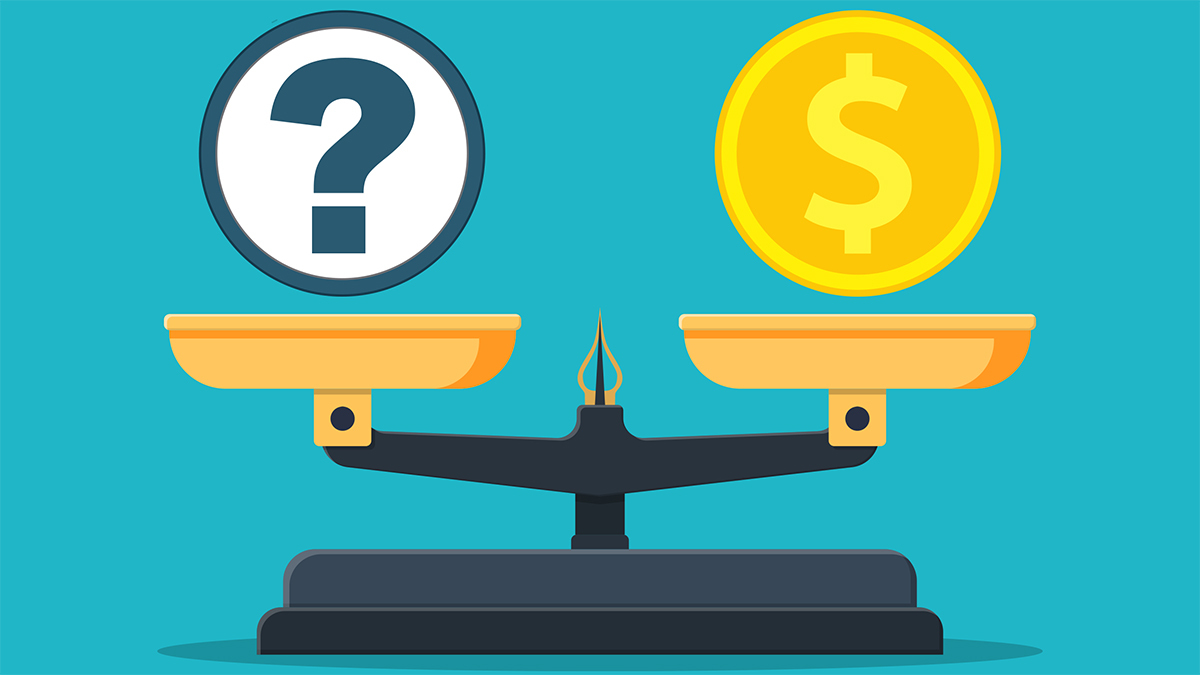Get our independent lab tests, expert reviews and honest advice.
Government cost-of-living payments worth knowing about
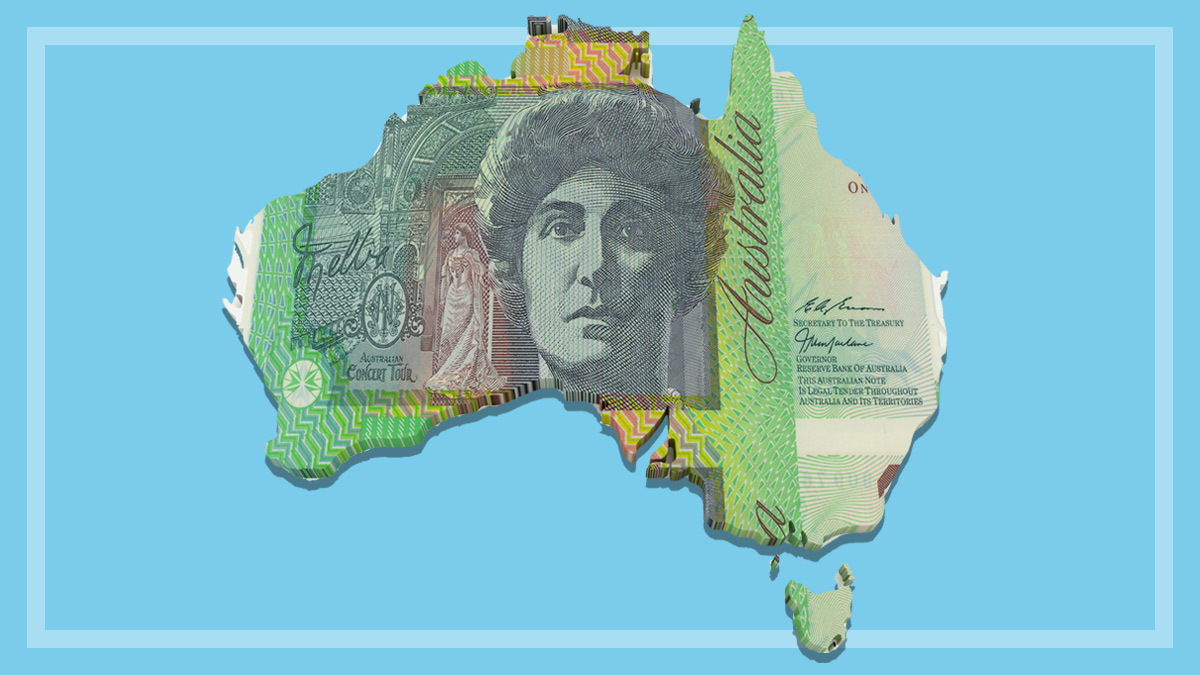
Need to know
- Living costs are rising and more consumers are struggling to make ends meet
- Even though governments are giving out less money after relaxing COVID restrictions, there are still many payments that can help
- These include programs from state, territory and federal authorities to help with parenting, study and other living expenses
On this page:
- Federal government payments
- Mum and dad money: The Family Tax Benefit and Parental Leave Pay
- Money for job hunters and students: JobSeeker and Youth Allowance
- Payments following the death of a loved one
- Can you still receive money if you get COVID?
- State and territory payments you may be eligible for
There’s no prize for knowing the cost of living is spiking uncomfortably at the moment, with evidence of price rises everywhere we turn.
Inflation is the highest it’s been in over 30 years and consumers are being squeezed – 90% have seen their household expenses go up and almost a quarter are struggling to get by on their current income, according to a CHOICE survey.
The good news? State, territory and federal governments have a range of measures, from family assistance to car and energy discounts, to help make ends meet.
The Commonwealth alone is expecting to hand out more than $150 billion in social security payments in the 2022–23 financial year – a figure slightly lower than the year before due to some COVID-related concessions being wound back.
And while the bulk of payments are continuing, it’s important to read the eligibility guidelines carefully.
Which payments are you eligible for?
While there’s no handy app to keep on top of all the state, territory and federal government payments you may be able to get, Services Australia’s guide is a good first port of call for payments from the federal government that are available to all Australians.
You can also get more specific information about which of these payments you qualify for by using Centrelink’s Payment and Service Finder tool.
State and territory governments have various rebates and concessions on offer, but these are often smaller and more targeted to parents of children or the elderly.
For more information on payments from your state or territory, see the later section of this article.
Federal government payments
Pension payments to older Australians account for the largest component of the Commonwealth’s social security budget, making up around a third of outlay.
Family assistance payments, such as the Family Tax Benefit and Parental Leave Pay come in at second place, followed by disability pensions and benefits for carers and job seekers.
This article will focus on the best payments available to parents, carers, job-seekers and students to help with the cost of living.
Mum and dad money: The Family Tax Benefit and Parental Leave Pay
The Family Tax Benefit (FTB) is a two-part payment that helps with the costs of raising dependent children.
It helps parents and carers cover these costs until their children are as old as 19, as long as they are full-time secondary students and aren’t receiving their own payments by that time.
As mentioned, there are two parts to the FTB: Part A pays at least $63.56 per fortnight per child to a parent or carer who looks after that child at least 35% of the time and meets an income test and residence rules.
Part A recipients can get more money if the child is in their early teens or if the parent or carer is looking after triplets or quadruplets.
Part B of the FTB is for people who meet the eligibility requirements for Part A and are also a single parent, non-parent or grandparent carer or a member of a couple with only one main income.
Unlike Part A, Part B is just one payment per family and what you get depends on your income and the age of the youngest child – it can be up to $168.28 per fortnight.
The federal government is planning to expand eligibility for the Child Care Subsidy and Parental Leave Pay schemes in July 2023
If you’re caring for a child for less of the time, you may be eligible for the Child Care Subsidy – a payment the government makes directly to child care providers to reduce your fees.
Parental Leave Pay (also known as Paid Parental Leave) is a weekly payment of $812.45 which carers of a new child can receive for up to 18 weeks.
To get this payment, you will have to meet residency requirements and pass work and income tests.
You can take Parental Leave Pay before, during or after any paid or unpaid leave provided by your employer.
If you or your partner aren’t receiving Parental Leave Pay, but are receiving the FTB Part A, you may be able to receive the Newborn Upfront Payment and Newborn Supplement (up to $1785.42) in addition to the FTB payments.
Recipients of FTB Part A may also be able to get the Child Dental Benefits Schedule (CDBS), which will help cover some of the costs of taking a child to the dentist.
Note: The federal government is planning to expand eligibility for the Child Care Subsidy and Parental Leave Pay schemes in July 2023.
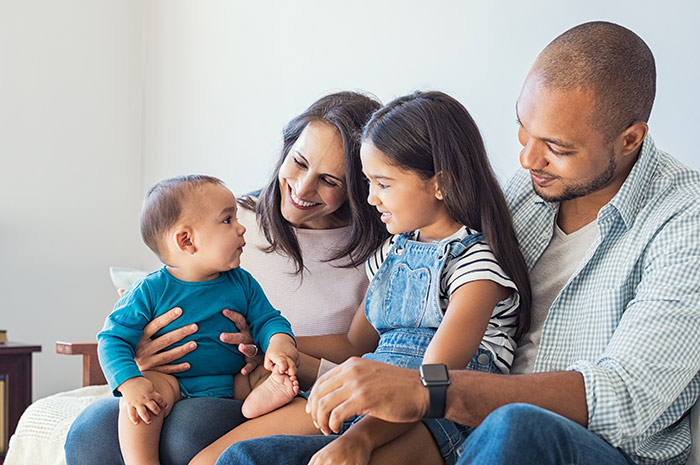
Money for job hunters and students: JobSeeker and Youth Allowance
While the COVID-19 pandemic saw a boost to unemployment support with JobKeeper, the amount on offer has now been wound back.
The Jobseeker Payment, which has replaced the Newstart Allowance, is currently at least $608.70 per fortnight if you’re over 22 and looking for work (more if you’ve got kids, have been out of work for more than nine months, or are over 60).
Jobseeker is only available to those between 22 and pension age, but Youth Allowance is an option for those who are younger.
Available to those aged from 16, this program offers fortnightly payments, the amount of which vary depending on whether you are studying, undertaking an apprenticeship or just looking for employment.
As with parent and carer supplements, what you’ll receive on Youth Allowance is dictated by your income and to what extent you’re assessed as being independent.
Payments following the death of a loved one
It’s worth noting that if you’re receiving a payment from the government and your partner who was also receiving a payment dies, you may be eligible for an extra lump sum.
In most cases, this amount is usually equal to the total you and your partner would’ve got as a couple calculated over 14 weeks, minus your new single rate.
If you’re receiving Centrelink payments that have mutual obligation requirements (you receive JobSeeker and are required to look for work, for example), you can be exempted from those activity requirements for a period of time.
You may also be eligible for extra money if a person you’ve been caring for dies.
If you were receiving a Carer Payment to look after that person, you can continue to receive that payment for up to 14 weeks after the person’s death.
For more information on different bereavement payments, see the guide from Services Australia.
Can you still receive money if you get COVID?
As previously mentioned, the COVID-19 pandemic saw a boost to welfare payments and the introduction of new crisis funds, but most of these have been wound back.
The Pandemic Leave Disaster Payment was a compensation scheme for people who had missed out on work because they were isolating with COVID or were caring for someone who was.
As of writing, there are no longer any requirements to isolate if you have COVID in Australia and, therefore, the federal government ended this program in October 2022.
The COVID-19 Disaster Payment – another federal initiative which paid money to people who had lost work and money due to lockdowns – was phased out in late 2021.
The one remaining Covid-related benefit is the High-Risk Settings Pandemic Payment, which provides money to people who are employed in industries where workers still can’t attend work if Covid-positive, such as hospital and aged care.
It’s important to note, however, that you won’t receive this payment if you work in these areas, but are able to do your job from home or have paid leave available. You also need to have less than $10,000 in liquid assets.
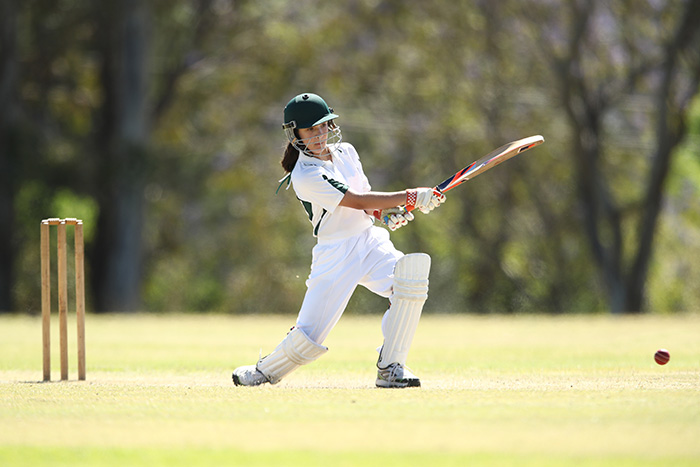
State and territory payments you may be eligible for
Federal government support tends to stick to the enduring fundamentals of human need, while the states tend to give out money (and less of it) aimed at addressing the issues of the day.
Each state and territory has a wide variety of cost of living concessions and rebates available, ranging from relief from road tolls to money to go towards registering your dog.
Here’s a rundown of some of the programs on offer in Australia’s two most populous states:
NSW
- Creative Kids Rebate: A $100 voucher parents and guardians can receive once a year to put towards the cost of creative and cultural activities for school-age children.
- Family Energy Rebate: A credit of $180 on an energy bill for families receiving the FTB.
- Active kids program: 2x $100 vouchers for parents, guardians and carers of school-enrolled children to use towards childrens’ sport and active recreation costs.
See the full list of NSW rebates.
Victoria
- Power Saving Bonus Program: a $250 payment to any household that uses Victorian Energy Compare to look for a cheaper energy deal.
- Annual Electricity Concession: 17.5% of electricity usage and service costs for Pensioner, Health Care and Veterans Affairs Gold card concession holders – doesn’t apply to the first $171.60.
- Good Money Financial Services: No-interest and low-interest loans and financial counselling for people on low incomes.
Read more about Victoria’s concession entitlements.
Information and details on a raft of concessions available in other states and territories can be found on their own websites:

